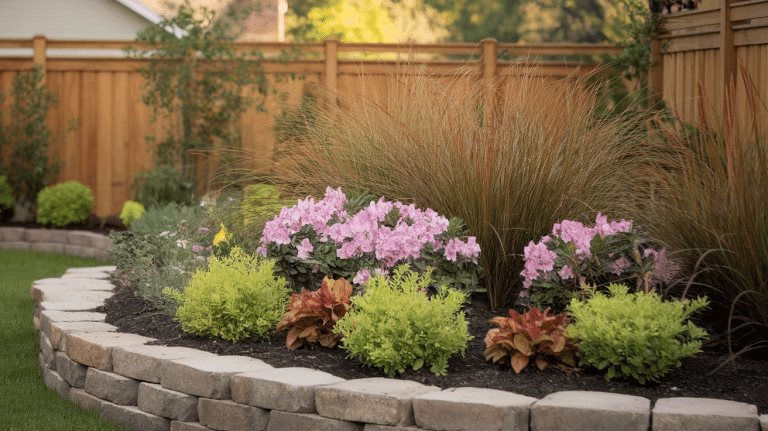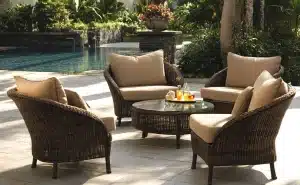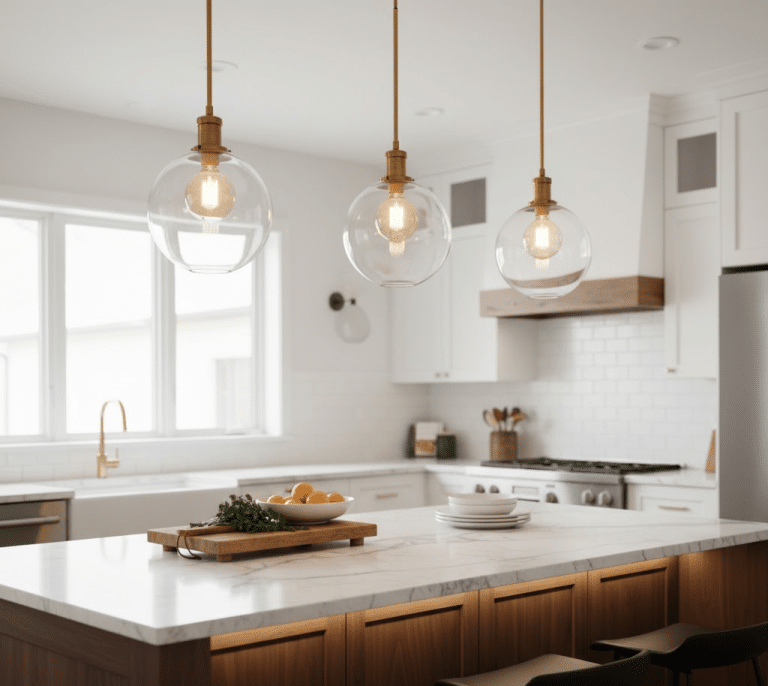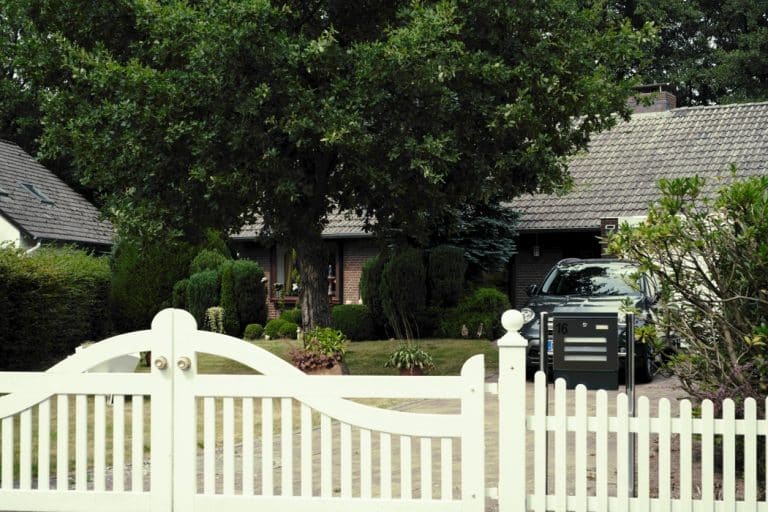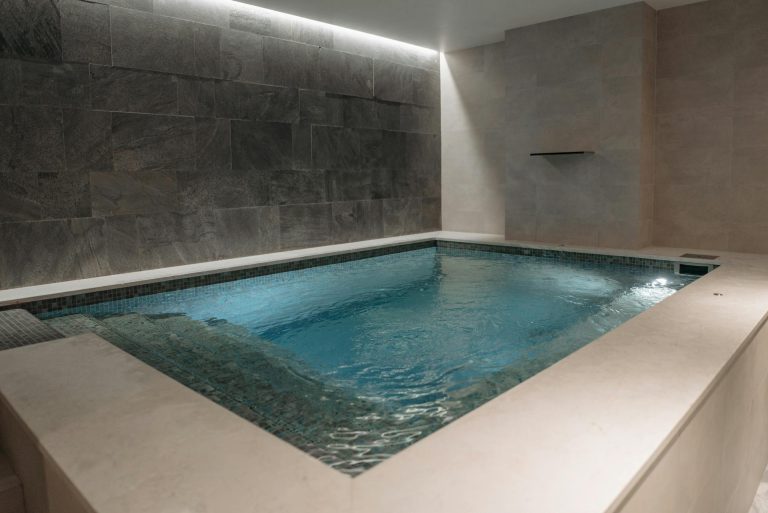A flower berm is a raised mound of soil that adds beauty and interest to your garden. It’s an easy way to create a focal point in your yard, especially if you have flat or sloped land.
Flower berms not only improve the look of your outdoor space, but they also help with drainage, prevent erosion, and create a better environment for your plants.
No matter if you’re a gardening expert or a beginner, building a flower berm is a fun and straightforward project that can transform your garden.
In this post, I’ll show you how to design and build your own flower berm, as well as tips for choosing the right plants and keeping your berm healthy all year long. Let’s get started!
What is a Flower Berm?
A flower berm is a raised mound of soil used to grow flowers and plants. It’s designed to stand out in your garden, offering both functional and aesthetic benefits.
Flower berms can be created in various shapes and sizes, depending on the layout of your yard. They add beauty by providing a space for vibrant, colorful plants to grow and bloom.
Benefits of a Flower Berm
- Improved Drainage: The elevated soil allows water to flow freely, preventing waterlogging and root rot.
- Erosion Control: Berms help reduce soil erosion, especially on sloped land, by slowing down water runoff.
- Better Plant Health: Raised beds promote air circulation around plants, which helps prevent diseases and encourages growth.
- Visual Interest: Flower berms create layers and depth in your garden, making it more visually appealing.
- Microclimate Creation: Berms can create small pockets of warmth or shade, allowing you to grow plants that need specific conditions.
How to Make a Berm: A Step-by-Step Guide
Creating a berm can transform a dull yard into a visually appealing, functional space. This guide provides simple steps to create a berm using free materials, including tips on tools, plants, and finishing touches.
Tools and Materials Needed
- Spray paint
- Sandbox sand
- Leaves
- Dirt
- Mulch (purchased)
- Decorative plants (grasses, mums, rhododendron, annuals)
- Large rocks (from Facebook Marketplace or free sources)
- Shovel or wheelbarrow (for moving dirt)
- Edging tools (optional for finer details)
Step 1: Create the Shape of the Berm
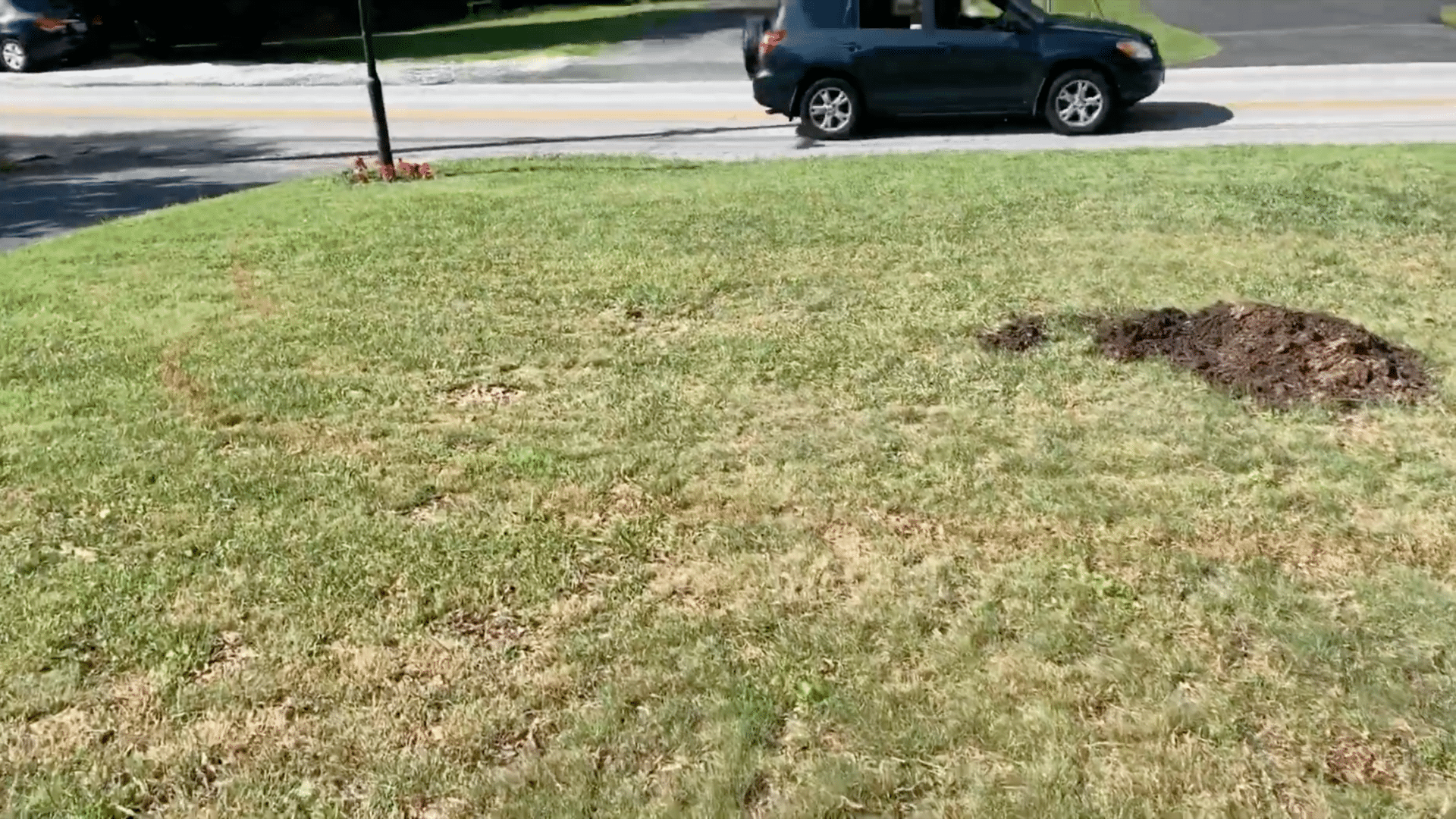
Start by marking the shape of the berm on the yard using spray paint. A simple, natural shape is ideal, allowing for flexibility when it comes to planting and design.
The shape can be as creative or straightforward as desired, but it should complement the surrounding landscape.
Step 2: Fill the Berm
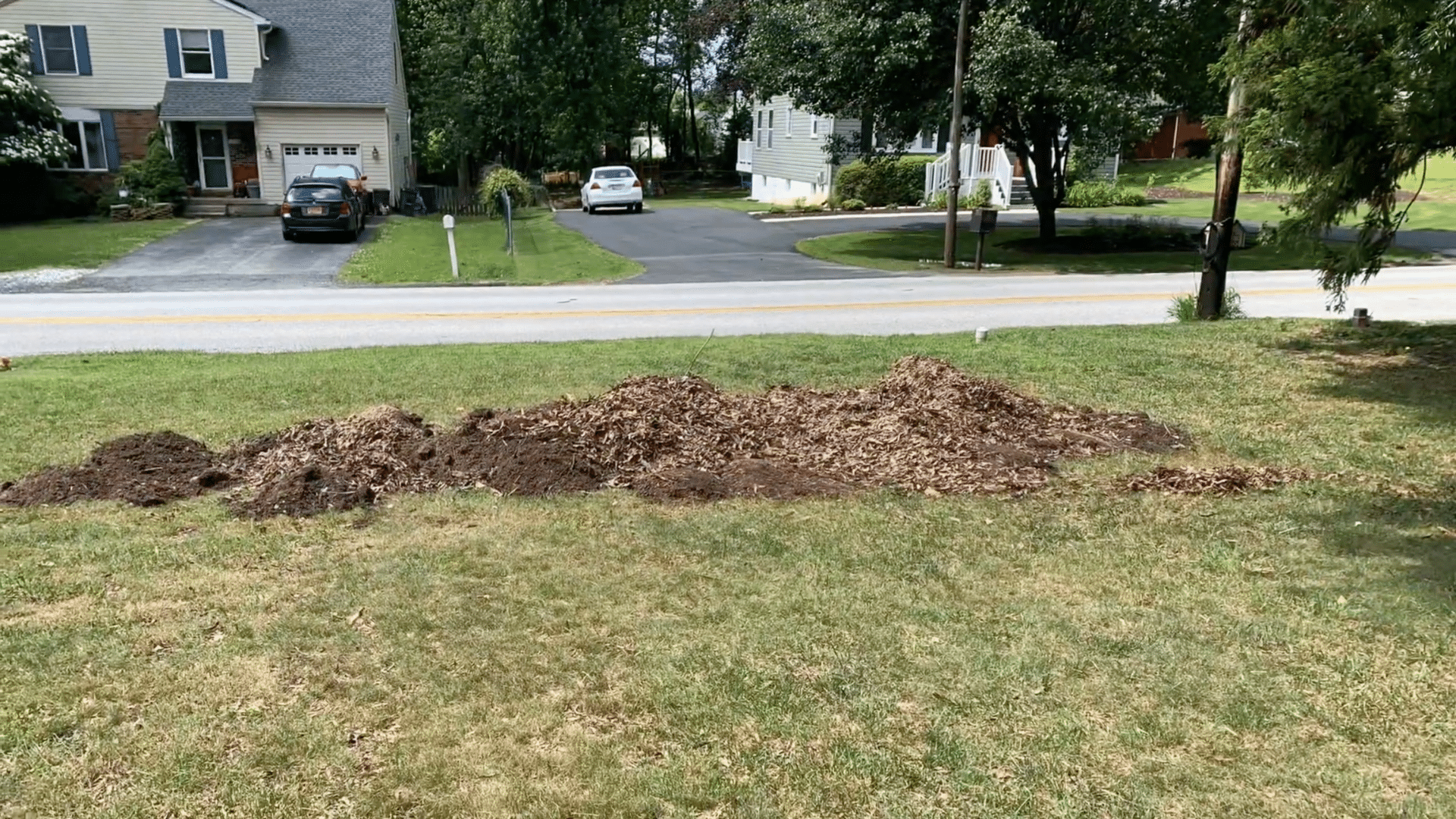

Once the shape is outlined, it’s time to begin building the berm by filling it with dirt. A large pile of dirt from the backyard works perfectly, or free fill dirt can be sourced locally.
In addition to dirt, materials like sandbox sand and leaves can be added to create mass and improve the structure. A shovel or wheelbarrow will be useful for transporting the dirt and spreading it across the marked area.
Layering the dirt as it’s added helps to create the desired height.
Step 3: Add Landscaping Plants
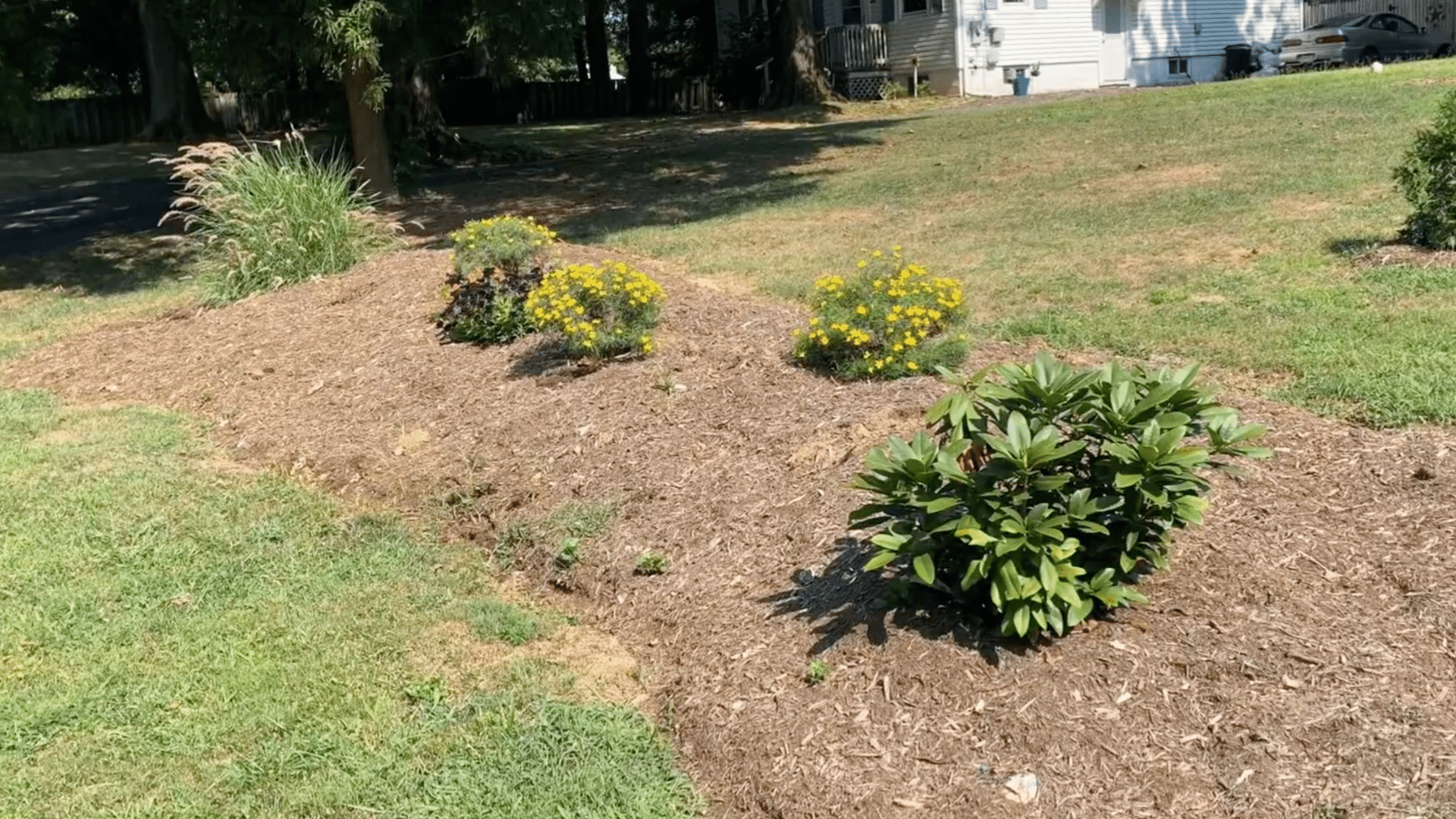
After the berm is built, it’s time to add plants. Decorative grasses, mums, rhododendron, and annuals can provide texture, color, and variety.
These plants will enhance the berm’s appearance and make it stand out in the yard. Select plants that complement each other and fit the climate conditions for the best results.
Step 4: Apply Mulch
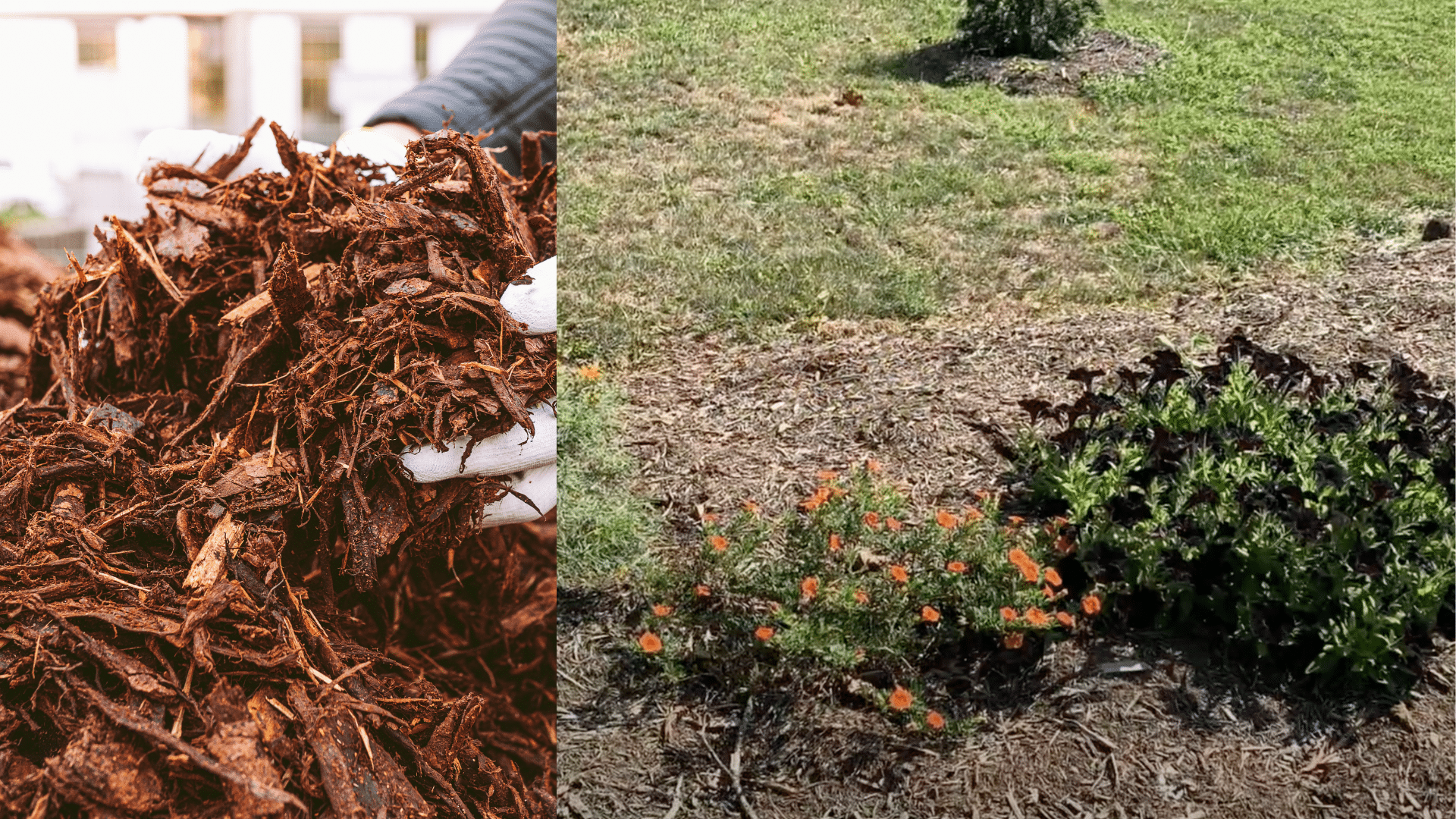
To finish the look and help retain moisture, spread a layer of mulch over the berm. Mulch also helps to prevent weed growth and adds a neat, polished appearance.
Mulch can be purchased from a local supplier and is an essential step in creating a finished, professional look.
Step 5: Edge the Berm
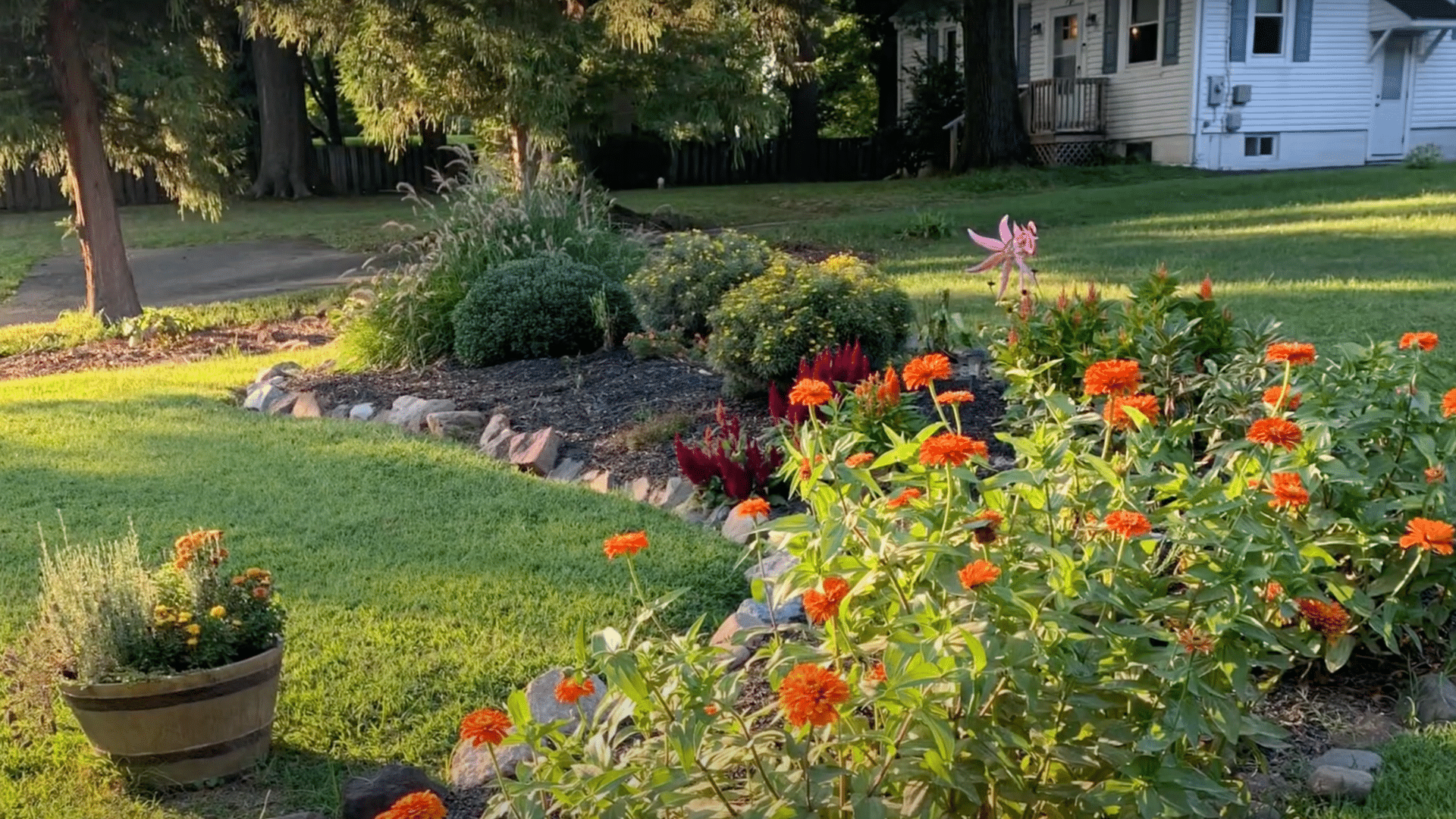
Adding edging around the berm helps define its shape and prevents the dirt from spilling over into the surrounding area.
Large rocks can be sourced for free through platforms like Facebook Marketplace. These rocks will not only add a natural touch but also stabilize the berm.
Edging tools may be used to refine the placement of the rocks for a more finished look.
Building a berm is an effective way to improve the look and functionality of a yard. With just a few essential tools and plants, anyone can craft a beautiful berm that will last for years.
For a detailed walkthrough of the process, check out the full YouTube video by @bohomodblog8155 below!
Selecting Plants for Your Flower Berm
When it comes to choosing plants for your flower berm, I always recommend considering a mix of flowers that will provide color, texture, and interest throughout the seasons.
By selecting a variety of plants that bloom at different times, you can ensure your berm looks beautiful year-round.
| Plant Type | Best For | Example Plants | Season |
|---|---|---|---|
| Perennials | Long-lasting flowers that return each year | Black-eyed Susan, Coneflower, Lavender | Spring to Fall |
| Annuals | Seasonal color and variety | Petunias, Zinnias, Marigolds | Summer to Fall |
| Succulents | Low-maintenance, drought-resistant plants | Sedum, Hens-and-Chicks, Agave | Summer to Fall |
| Groundcovers | Erosion control and filler plants | Creeping Thyme, Ajuga, Sweet Woodruff | Spring to Fall |
Choosing the right plants for your flower berm can make all the difference in how it looks and performs. I suggest mixing perennials, annuals, and even succulents to create a diverse and beautiful space.
With the right care and selection, your flower berm will not only be a gorgeous focal point in your garden, but also a healthy, thriving bed for your plants to grow and flourish throughout the year.
Design Considerations for a Stunning Flower Berm
Creating a beautiful flower berm is all about planning and choosing the right design elements.
1. Layered Planting
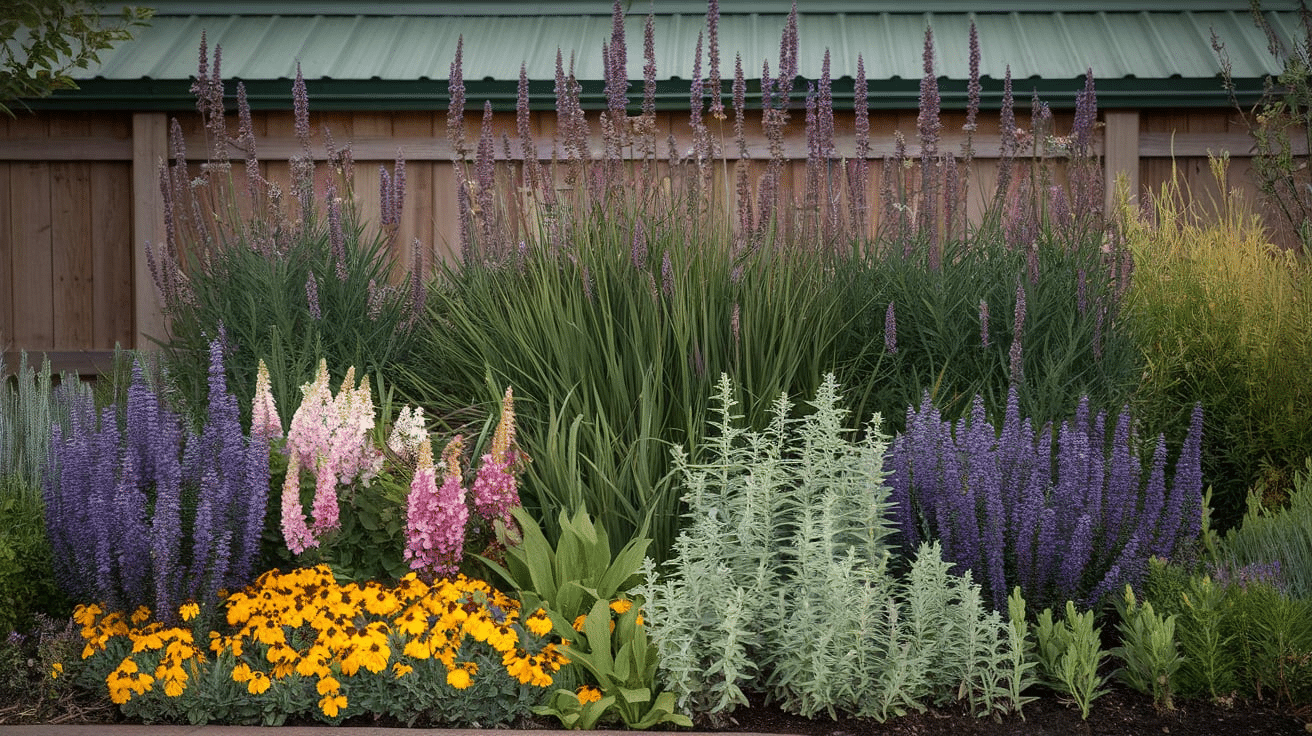
- Place taller plants at the back and shorter ones in the front for a natural, tiered look.
- Mix plant heights to add dimension and depth to your berm.
- Consider using shrubs or grasses in the middle for a balanced look.
2. Color Schemes
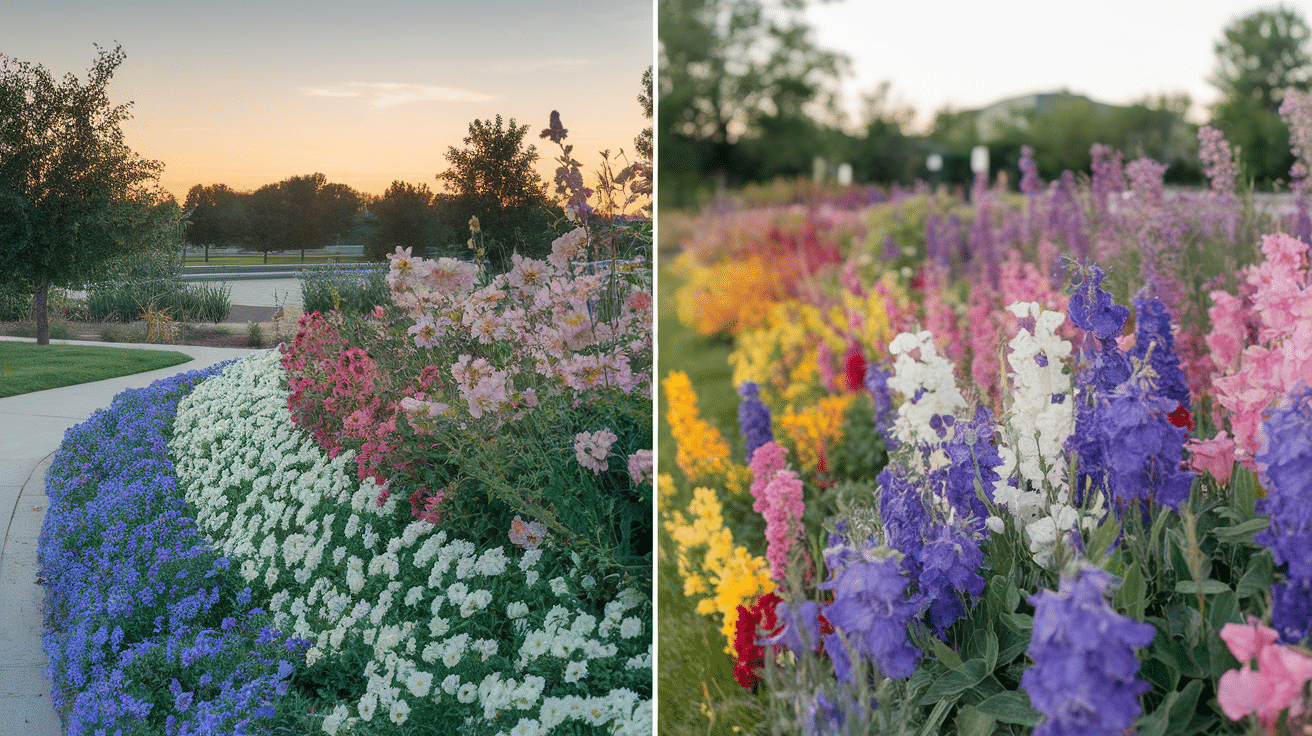
- Choose colors that complement each other, like purples with yellows or reds with whites.
- You can go for a monochromatic scheme or opt for a vibrant mix of colors, depending on your style.
- Consider the bloom time of each plant to ensure a colorful display all year long.
3. Incorporate Hardscaping Elements
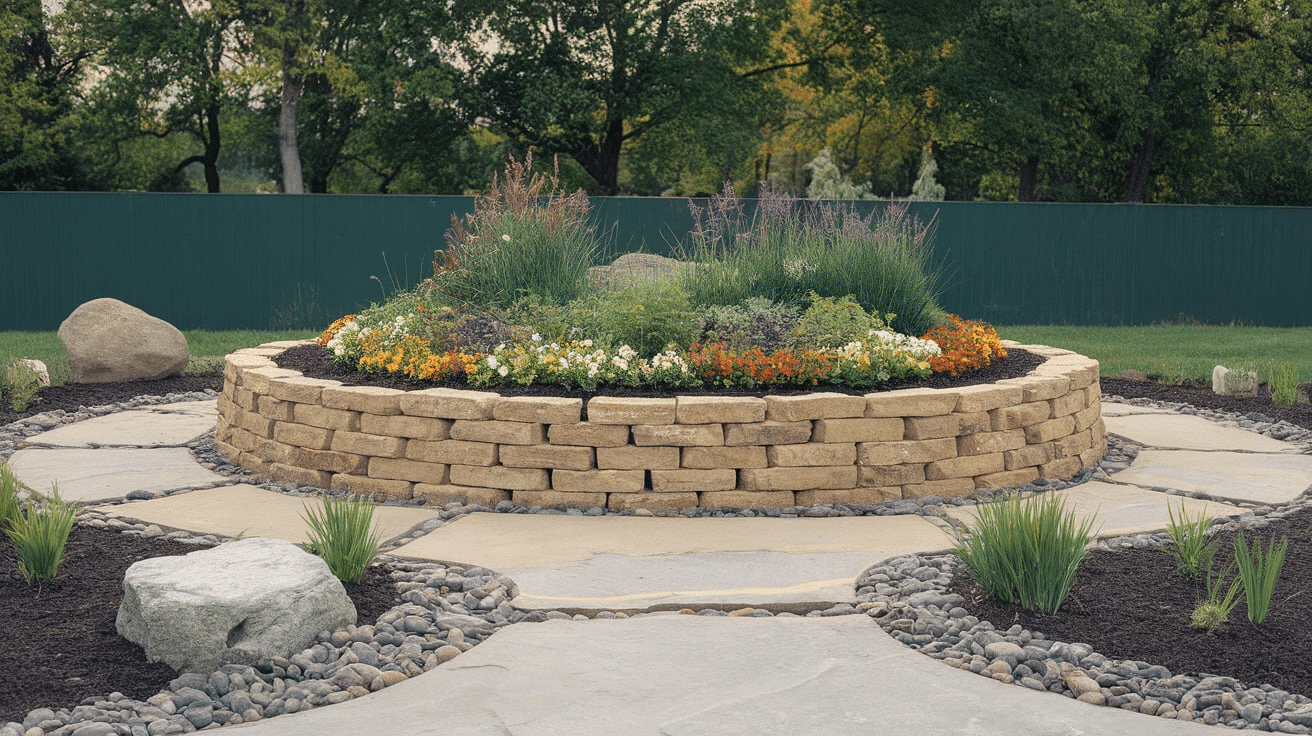
- Add decorative rocks, boulders, or a small stone pathway for visual interest.
- Use natural materials to blend the berm seamlessly into your garden.
- Keep the design simple so it doesn’t overwhelm the plants.
4. Seasonal Planning
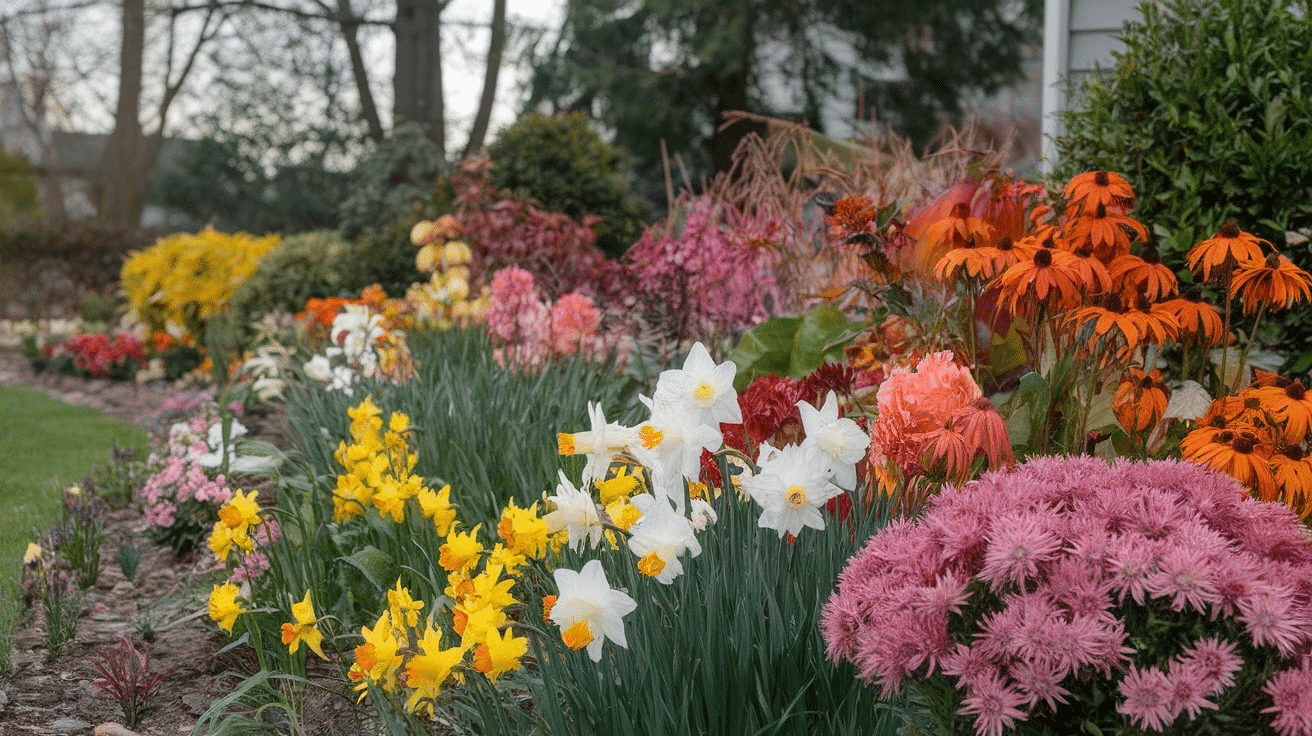
- Mix plants that bloom in different seasons to keep the berm attractive year-round.
- Add evergreen shrubs or grasses that provide structure during the winter months.
- Plan for early spring flowers, summer blooms, and fall color to maintain interest.
A well-designed flower berm will not only enhance your garden’s appearance but will also thrive and add character throughout the year. Keep these tips in mind, and you’ll have a stunning berm in no time!
Maintenance Tips for a Flower Berm
Maintaining your flower berm is key to keeping it healthy and beautiful.
- Watering: Water deeply and infrequently to encourage deep root growth.
- Fertilization: Apply a balanced fertilizer during the growing season to promote healthy blooms.
- Weeding: Regularly remove weeds to prevent them from taking over and competing with your plants.
- Mulching: Replenish mulch annually to retain moisture and prevent weed growth.
- Deadheading: Remove spent flowers to encourage new blooms and keep the berm tidy.
- Pruning: Trim back dead or overgrown plants to maintain shape and health.
With a little effort, your flower berm will thrive and remain a standout feature in your garden.
Conclusion
Creating and maintaining a flower berm is one of the most rewarding gardening projects I’ve ever worked on.
With the right planning, you can transform any space into a vibrant, eye-catching focal point that adds color and texture throughout the year.
I’ve found that choosing the right mix of plants, incorporating some simple design tips, and staying on top of maintenance can make a huge difference in how your berm performs.
If you’re looking to improve drainage, prevent erosion, or just create something beautiful, a flower berm is an excellent solution.
By following the steps and tips shared here, I’m confident your flower berm will become a stunning feature in your garden. I hope you enjoy the process as much as I have!


